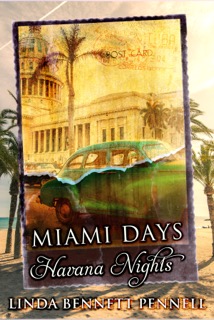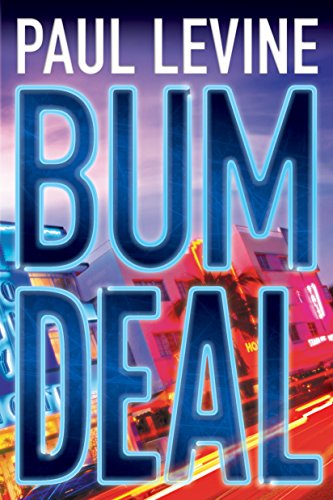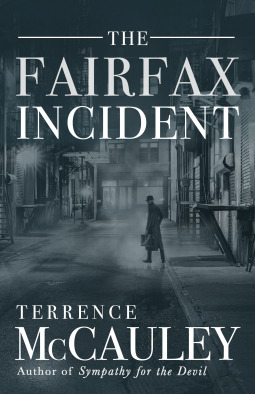My guest this week on The Scariest Part is author Karen Randau, whose new novel is Deadly Payload. Here is the publisher’s description:
Dead birds raining from the sky. Poison in the water supply. Spies on the back porch.
A lifeless crow shatters the windshield as Rita Avery, her daughter-in-law, and her granddaughter arrive at Arizona’s Rim Vista Park. Rita dodges bird carcasses on the road home, where she finds her husband Cliff and son Travis gravely ill from a mysterious pathogen with no cure.
The CDC assembles a team to create a cure, but Rita doubts it will arrive in time to rescue Cliff, Travis, and dozens of her friends and neighbors.
In a race to save her family, her community, and potentially thousands more Americans, Rita launches her own investigation. She partners with a certified herbalist and a homeless war veteran dubbed Crazy Mary.
But the more clues Rita uncovers, the deeper she finds herself in the middle of a ruthless plot that could unleash a wide-ranging American disaster. And the culprits aim to stop her at any cost.
Before it’s too late for her loved ones, Rita must thwart the next attack on innocent civilians.
Murder, spine-tingling trips through Arizona’s rugged wilderness, and callous spies determined to spread havoc — this isn’t your average family outing!
And now, let’s hear what the scariest part was for Karen Randau:
The scariest part about writing Deadly Payload was researching how easy it would be for the spies among us to launch a chemical attack on our nation’s water and food supply. It scared me so much I kept having to pause work on the manuscript — once for several months.
The protagonist in my Rim Country Mystery series is a middle-aged mother and grandmother named Rita Avery. Her first husband died in the first book, Deadly Deceit, in a movie-theater shooting on the couple’s thirtieth anniversary. The investigation into the shooting uncovered a web of her husband’s lies that originated during his service in first Gulf War, making her question everything about her marriage, her life, and herself. Because her late husband knew his sins had put his family in danger, he led Family Fight Night every Friday for years. Rita didn’t realize what kinds of self-defense skills she had gained until she had to use them.
Since then, Rita has partnered with her second husband, Detective Cliff Avery, to solve the crimes that have followed them everywhere they go. Her adventures include saving her husband from drowning, him saving her after a bomb blew her onto a tree branch hanging over a deep gorge, and working together to escape from the grips of a serial killer.
In Deadly Payload, Rita is on her own.
She is thrust into the heart of a deadly mystery when her husband and son fall gravely ill from tainted water, along with hundreds of other people in her town. She deduces that the city’s water supply is the culprit and investigates what went wrong. As she digs deeper into the puzzle surrounding the contamination, she realizes that a homeless war veteran nicknamed “Crazy Mary” may be a part of the conspiracy, and that the roots behind the attack have something to do with Mary’s service in Afghanistan. They partner up to uncover the truth, but when they come too close, Rita is taken.
I’ve done a lot of research for all of my books, but nothing has scared me as much as what I uncovered for Deadly Payload.
It started with news stories about Russia’s meddling into the 2016 election. Wondering what else they’ve done to weaken their enemies, I discovered the real Russian spies who inspired the TV show The Americans, the actual use of chemical weapons on school children in Afghanistan, and multiple assassinations worldwide using KGB tactics.
I combined those revelations with my curiosity about the American electrical grid, water system, and food crops. The result was Deadly Payload.
My friends and I spend more time washing our produce and filtering our water now.
Deadly Payload: Amazon / Barnes & Noble / IndieBound
Karen Randau: Website / Facebook / Twitter / Goodreads
Karen Randau is the author of four Rim Country Mysteries: Deadly Deceit, Deadly Inheritance, Deadly Choices, and her newest, Deadly Payload, as well as Deadly Reception, one of several novellas by best-selling and award-winning authors. All her books are published by Short On Time Books. A native of the southwest U.S., Karen’s books feature a tough family-oriented protagonist from the fictional mountain town of Rim Vista, Arizona. Her article, “How Research Can Help Sell Your Story,” recently was featured in Writer’s Digest. She is a proud member of the International Thriller Writers, Sisters in Crime, and Mystery Writers of America. Karen lives with her family in the mountains above Phoenix, Arizona.





